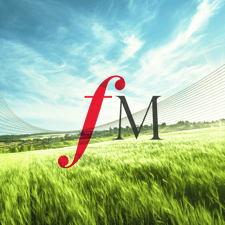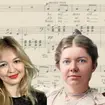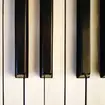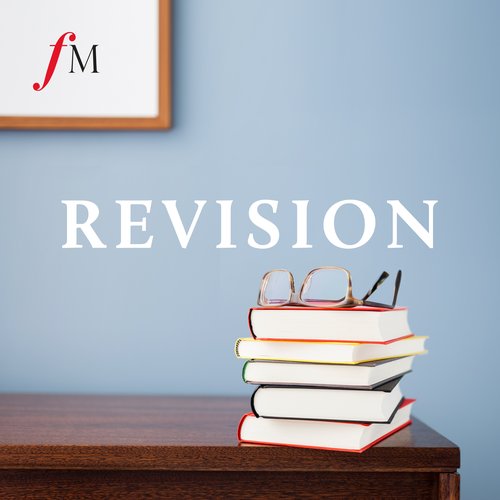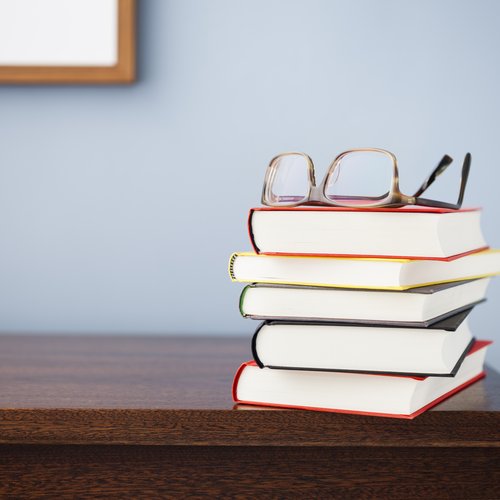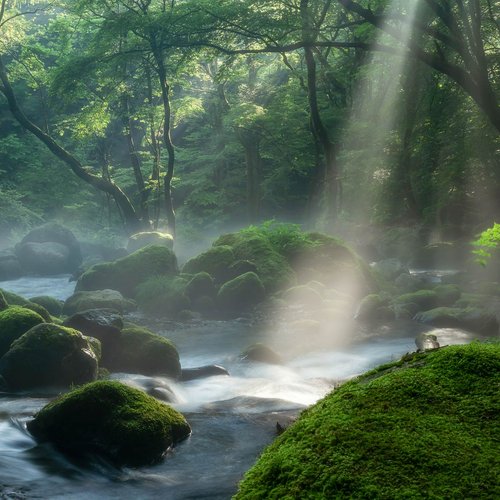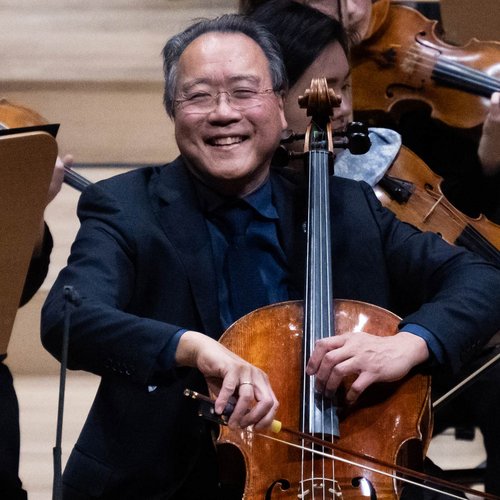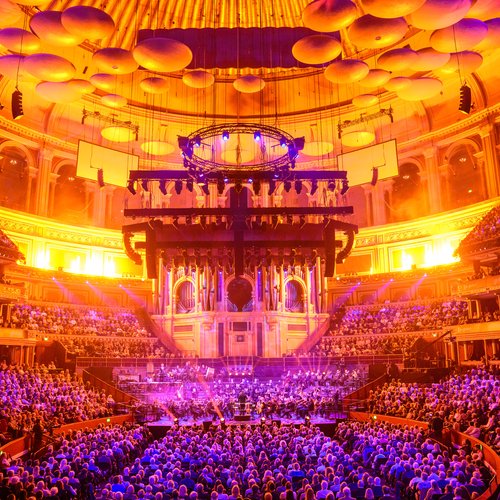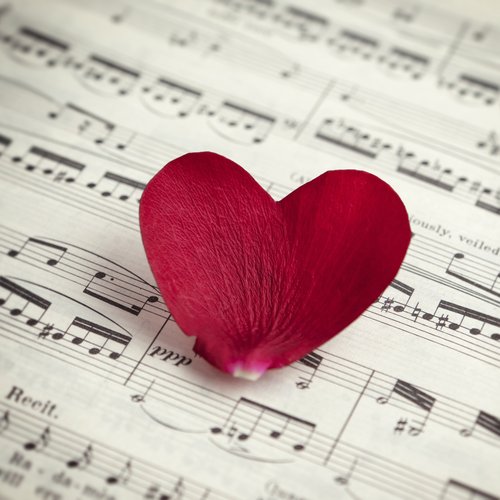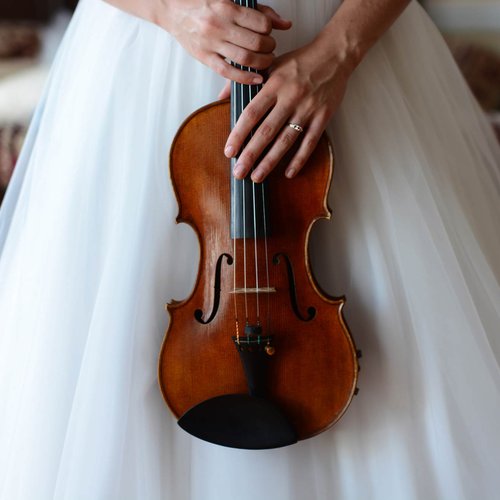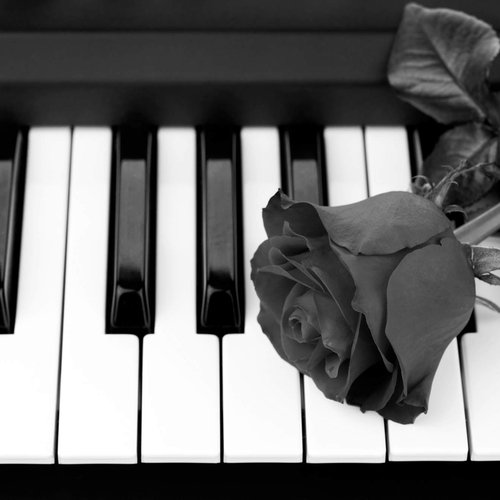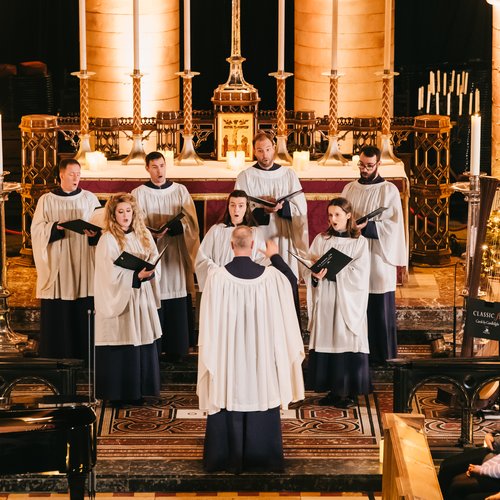10 pieces of classical music everyone should know
26 January 2025, 17:48 | Updated: 28 January 2025, 17:35

The pieces so powerful that you’ll be out of your seat, air-conducting to the full force of an imaginary orchestra, or staring into the distance, marvelling at the sheer beauty of it all.
Listen to this article
Here are 10 pieces of classical music everyone should know.
-
Holst – Jupiter (The Planets)
In 1917, Gustav Holst wrote a suite of seven movements for symphony orchestra that each described a planet in our solar system. The Planets, a hugely innovative work for the time that ruffled a few feathers, but would become the English composer’s magnum opus. The rich, soaring melody to mimic the majesty of Jupiter is perhaps now better known as ‘I Vow to Thee My Country’, a world-famous hymn set to Holst’s tune. It was also used to great emotional effect in the children’s TV show Bluey.
Read more: 10 brilliant pieces of music by Black composers

Symphony orchestra’s magnificent ‘Jupiter’ at Royal Albert Hall | Classic FM Live
-
Handel – Hallelujah Chorus (Messiah)
An explosion of joy in choral form, this great anthem is always performed somewhere in the UK at both Easter and Christmas time. Handel’s Messiah, first performed during Lent, depicts the birth, death and resurrection of Jesus Christ. The jubilant cry of ‘Hallelujah!’ celebrates Christ’s rebirth and for many, is the ultimate representation of divinity in music. Here it is performed live at the Sydney Opera House in Australia:

Handel's 'Hallelujah!' Chorus live at the Sydney Opera House
-
Verdi – Dies Irae (Requiem)
Verdi’s vast Requiem mass has been called the grandest opera he never wrote. Terror and splendour combine in the ‘Dies Irae’, where trumpets blast, drums thunder, and a mighty chorus cries that the day of judgement is upon us. Crank up the dial on your speakers for this one – Verdi will leave you wondering if music will ever reach this magnitude again.

Verdi’s Requiem: “Dies irae”
-
Kats-Chernin – Eliza’s Aria
This piece began as a charming vocalise from a ballet called Wild Swans by Australian composer Elena Kats-Chernin, but you might know it better as the song used in a 2007 Lloyd bank advert. Three years later, PRS for Music revealed it as the third most performed piece of music in UK television advertising. It has been rerecorded for several solo instruments, including violin and saxophone, which are considered among the closest to the human voice.
Read more: 21 of the greatest women composers in classical music

Mia Robinson performs Elena Kats-Chernin: Eliza Aria with the Melbourne Symphony Orchestra
-
Bach – Air on the G String
The Air, the second movement from his Orchestral Suite No.3 in D major, is one of the most profoundly beautiful pieces Bach ever wrote (and he wrote 1,128 that we know of). It holds an extraordinary emotional power and intensity, which comforts at funerals, uplifts at weddings and moves concert hall and cinema audiences to this day. Bach wrote the entire piece to be playable on just the G string, the lowest string, of a violin – but it is more often performed on the cello today.

Bach Air on the G String - Philipp Schupelius | Classic FM
-
Beethoven – Ode to Joy (Symphony No.9)
Beethoven’s final complete symphony is regarded as one of greatest achievements in Western music. It marked the first time voices were used in a symphony, notably in the famous final hymnal theme, the ‘Ode to Joy’, which has symbolised hope, unity and fellowship across borders for 200 years. What a tragedy that its composer, who was almost completely deaf at the time it premiered, never heard it as we do today.

Beethoven Symphony No. 9 — Ode to Joy (Excerpt)
-
Wagner – Ride of the Valkyries (Die Walküre)
Within months of his opera Die Walküre being performed, Wagner was receiving letters requesting that the thunderous, triumphant orchestral prelude ‘Ride of the Valkyries’ be performed as a standalone concert work. Today, orchestras continue to perform it in halls around the world, and film directors and producers turn to it to emulate epic action sequences. You may recognise it from the helicopter flight scene from the 1979 war epic Apocalypse Now.

Richard Wagner: The Valkyrie - Ride of the Valkyries
-
Strauss – Prelude (Also Sprach Zarathustra)
Many will now associate Richard Strauss’ tone poem – originally inspired by the writings of philosopher Friedrich Nietzsche – with the opening sequence to Stanley Kubrick’s sci-fi film 2001: A Space Odyssey. Funnily enough, Strauss’ music wasn’t supposed to make the final cut – Kubrick had chosen it to give the composer an idea of the style he wanted. The composer gave it a go, but Kubrick threw it all out and went with his original choice. It was always going to be tough to match this…

Strauss: Also sprach Zarathustra / Dudamel · Berliner Philharmoniker
-
Rimsky-Korsakov – Flight of the Bumblebee
A guaranteed ‘fun interlude’ to keep a concert audience buzzing, ‘Flight of the Bumblebee’ was originally written as just that – an orchestral interlude for his 1900 opera The Tale of Tsar Saltan. Rimsky-Korsakov captured the frantic journey of a bumblebee through the air in music, and so created the perfect party piece for a nimble-fingered musician. And just remember, for the TwoSet fans out there, if you can play it slowly, you can play it quickly…

Flight of the Bumblebee - Rimsky-Korsakov (arr. Rachmaninoff)
-
Carl Orff – O Fortuna (Carmina Burana)
Carl Orff’s monumental cantata opens with the thundering ‘O Fortuna’, which describes the fickleness of fate in its medieval Latin libretto. The chorus and orchestra dramatically shift between piano and fortissimo passages of music, guaranteed to grab the attention of any audience. Outside of the concert hall, ‘O Fortuna’ became the UK’s best-known piece of classical music in the early 2000s, when it was featured as the judges’ entrance music on The X Factor.

André Rieu - O Fortuna (Carmina Burana - Carl Orff)
